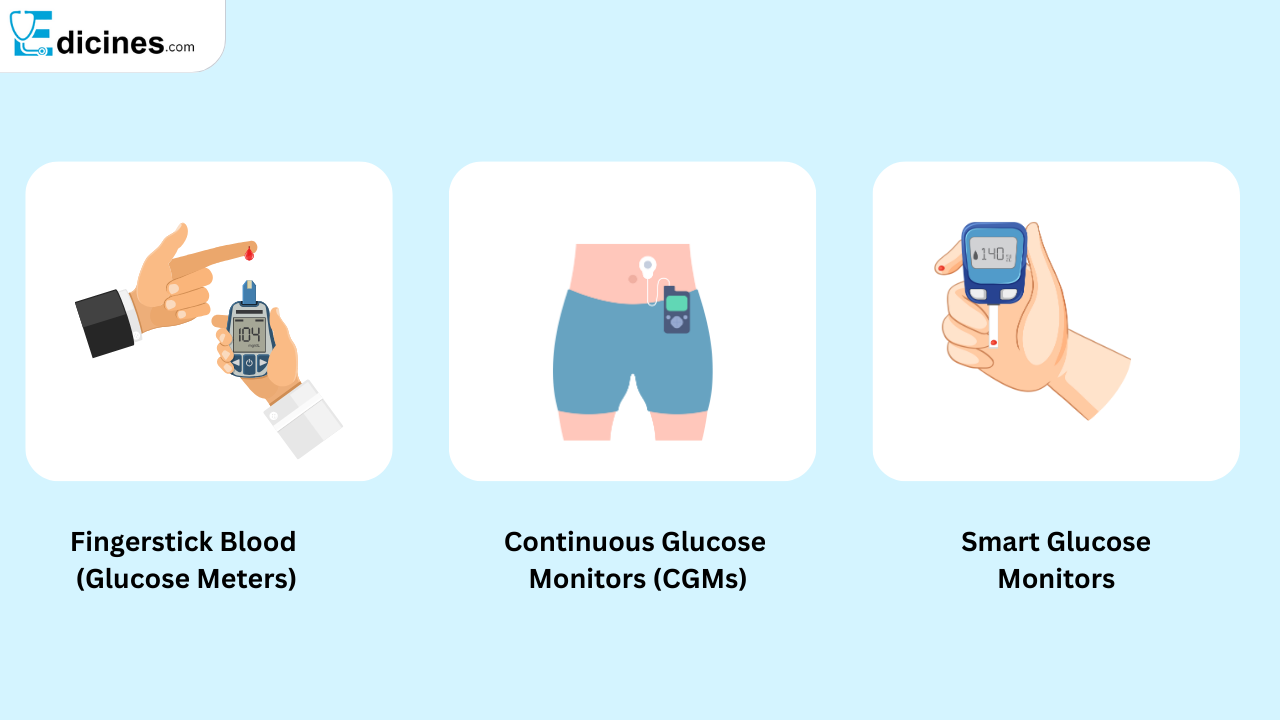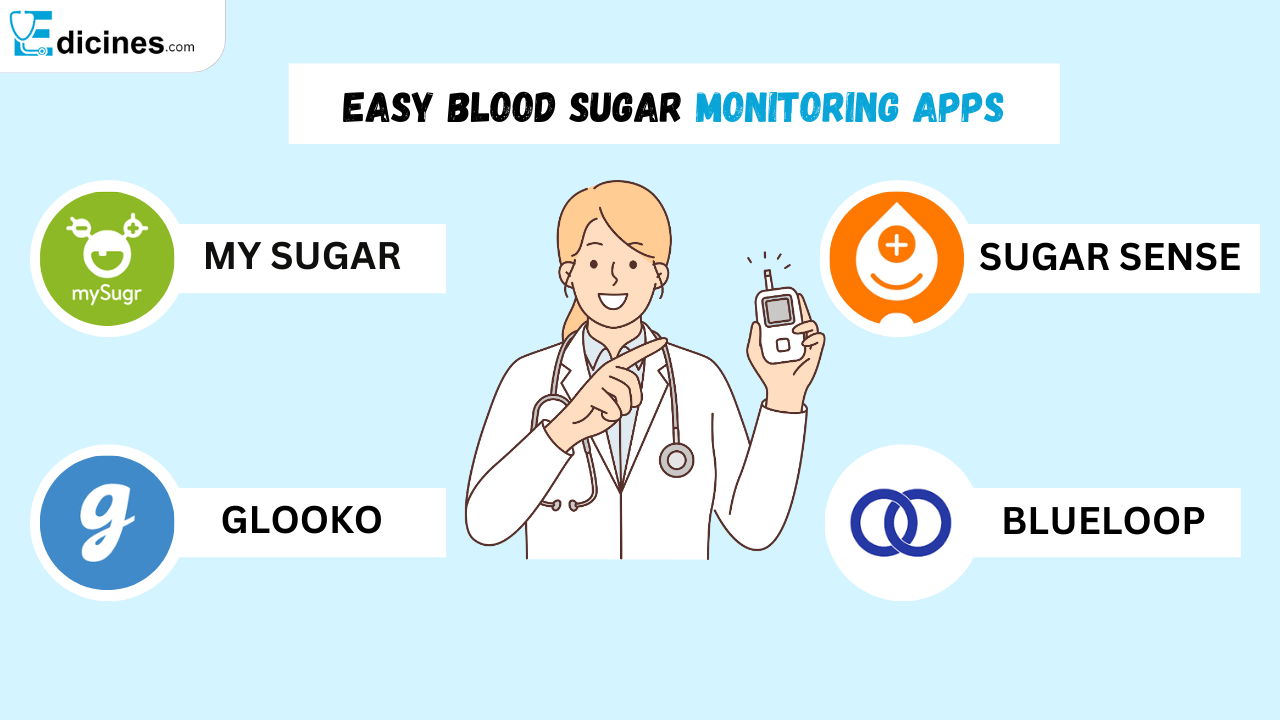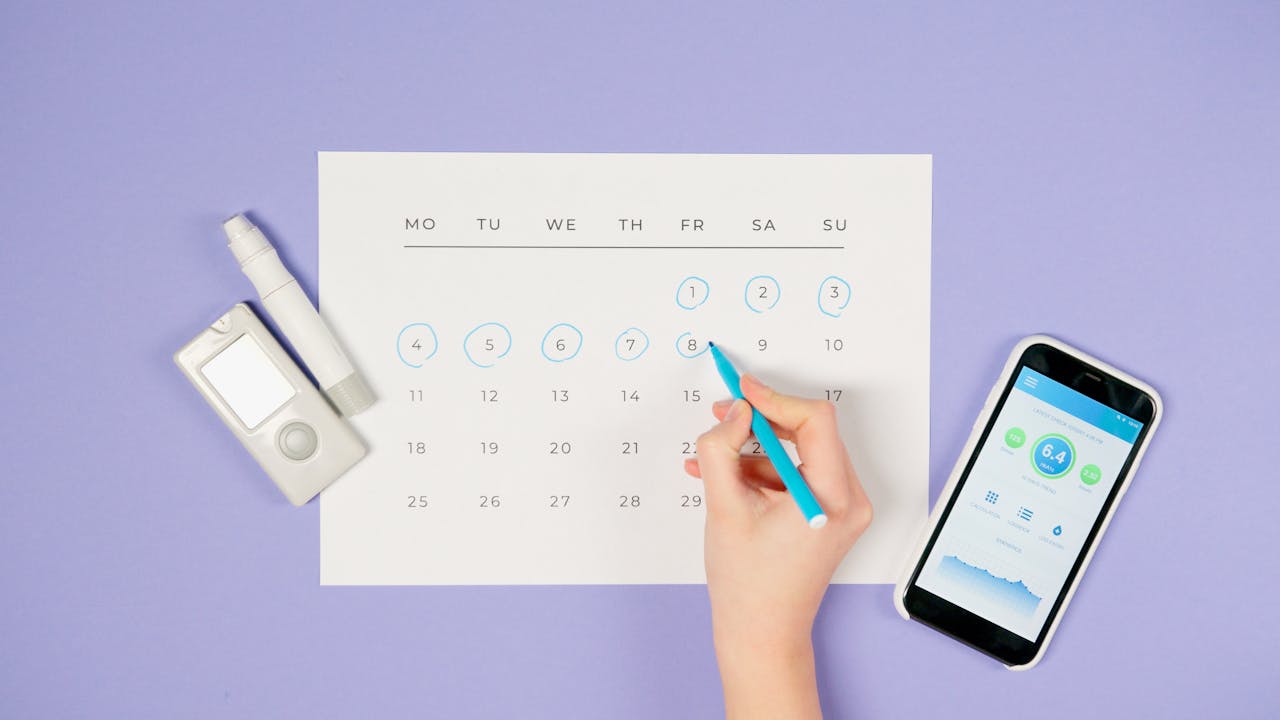People with diabetes and prediabetes have to monitor their blood sugar levels regularly. This is primarily because understanding how to monitor the blood sugar not only prevents complications but also improves health.
The advancement of technology has made it easier for many people to manage their blood sugar levels through devices that use apps to offer real time tracking of an individual’s blood sugar level thereby simplifying the process.
This article will provide different ways in which one can monitor his or her glucose levels using some of the best devices, apps, and important tips that can be used to enhance accuracy in monitoring.
Also Read: Best Foods for Diabetics
Why You Need to Monitor Your Blood Sugar Levels
For one living with diabetes, checking their sugars regularly is imperative for management as it helps control glucose levels/prolonging life expectancy/predicting long term consequences of diabetes – hence better health status overall.
One area where close attention should be paid regarding lack of monitoring would be on long term problems such as damage to nerves (neuropathy), heart attack (myocardial infarction), or kidney failure (end-stage renal disease).
Best Blood Sugar Monitoring Devices for Precise Results

Fingerstick Blood Glucose Meters
Traditional fingerstick glucose meters remain popular for their precision. These devices require a small blood sample from the fingertip to measure glucose levels. They are reliable, portable, and affordable.
Best Models: Top-rated models include Accu-Chek Guide, Contour Next and OneTouch UltraMini which are known for their accuracy as well as user-friendliness.
Continuous Glucose Monitors (CGMs)
For those who prefer an alternative to frequent finger pricks, Continuous Glucose Monitors (CGMs) offer a real-time solution. Such instruments use small sensors placed below the skin’s surface able to monitor constant levels of sugar.
Popular CGM Devices: Well-known devices like Dexcom G6 or Freestyle Libre offer features such as trend-spotting, real-time alerts and easy pairing with smartphones.
Who Should Use CGMs: Type 1 diabetes patients or people who require intensive glucose regulation can find CGMs an ideal choice.
Smart Glucose Monitors
Smart glucose monitors sync with smartphones to provide real-time data which makes it easier for them to recognize patterns and share glucose levels information with doctors.
Advantages: These gadgets help users analyze long-term trends and recognize patterns, enabling adjustments to medication and management strategies.
Best apps for monitoring blood glucose levels easily

MySugr
MySugr is an extensive application where users can enter glucose results, follow what they eat over time, and observe the trends of their sugar levels. As it works with CGMs as well as other devices, this app can be regarded as a one-stop shop for managing diabetes.
Glooko
Glooko synchronizes with different glucose meters and CGMs in order to offer elaborate insights into blood glucose dynamics. It also incorporates food blogging and insulin tracking capabilities thus making it multifunctional when it comes to diabetes management.
Sugar Sense
Sugar Sense has an easy-to-use interface that facilitates daily glucose level monitoring among users. Periodical summaries and feedback provided weekly allow keeping track of long-term trends easily.
BlueLoop
Especially for children suffering from Type 1 diabetes, BlueLoop is the most appropriate solution . This application enables users to carry out glucose level logging, medication tracking and other features related to diabetes management on the go.
Important Tips for the Ideal Monitoring of Blood Sugar
These pointers are essential for accurate blood sugar monitoring.
Establish a Routine
Consistency is vital in monitoring blood sugar levels. It is best to check your glucose levels at similar times every day. This will enable you to recognize patterns and make informed decisions about your health.
Know When to Test
Knowing the right time to check one’s blood sugar can give more accurate insights.
Key timings include:
- Fasting (in the morning before eating)
- Before meals
- Two hours after meals
- Before bedtime
These times allow you get a clear view on how food and medications determine your glucose levels.
Use Proper Technique
For fingerstick testing, always ensure clean and dry hands. Use its side instead of the pad for reducing pain and improving accuracy. Improper technique like squeezing the fingertip or using an unclean finger leads to inaccurate readings.
Calibrate Devices Regularly
Regularly calibrating your continuous glucose monitoring devices (CGM) together with glucose meters ensures that they work accurately. Follow manufacturer’s instructions on maintaining optimal device performance.
Common Issues and How to Fix Them
The reasons for inaccurate readings are poor technique, uncalibrated devices, and contaminated samples. In case your reading seems off, recalibrate your device or retest using proper technique.
Device Malfunctions
Common device malfunctions are battery issues, sensor errors, sync problems with apps etc. Make sure that you charge your device and follow the troubleshooting steps provided by the manufacturer.
Blood Sugar Tracking Fatigue
Managing diabetes requires constant tracking which can lead to “data fatigue.” To avoid this burnout, set realistic goals for tracking and consider using apps that simplify the process with fewer manual entries.
How to Integrate Blood Sugar Monitoring into Your Health Plan
Blood sugar monitoring should form part of an encompassing health approach plan. Your data should guide you in making decisions on food intake, exercise programs as well as medication during the day.
For example, if ever your blood sugar is consistently high after meals; you might need to reduce what you eat or increase insulin doses. In a similar vein, frequent low readings might indicate reduction on some drugs taken.
Hence by consistently monitoring one’s own levels of glucose levels in blood; all decisions regarding selection choices would be well-informed.
Conclusion
In monitoring diabetes, monitoring blood sugar levels are critical in avoiding complications. Whether using blood sugar monitoring devices like Fingerstick meters, Continuous Glucose Monitors (CGMs), or smart glucose monitors make it easy because of apps like MySugr or Glooko which can be used to track glucose levels.
Time-appropriate testing, routine making, and periodic calibration of the devices ensure accurate results. Diabetes management through proper tools and techniques leads to blood sugar control and a better health condition.
Look at what is available in terms of devices and apps, then talk to your doctor about a suitable solution for managing your blood sugar.













